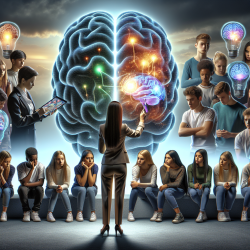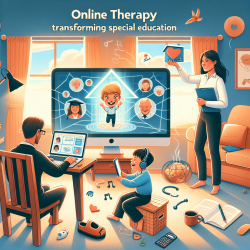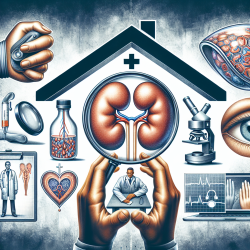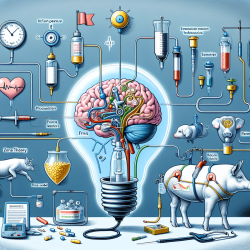Relational bullying, particularly social exclusion, is a prevalent form of violence in schools that can lead to severe mental health issues, including depression. The study titled "Neural signatures of bullying experience and social rejection in teenagers" published in PLoS ONE provides critical insights into the neural mechanisms underlying the experience of social exclusion in bullied teenagers. This blog aims to help practitioners improve their skills by implementing the research outcomes or encouraging further investigation.
Using MR-based perfusion imaging, the study examined the neural responses of 24 teenagers who reported varying extents of bullying experience during a virtual ball-tossing game (Cyberball game). The game simulated social inclusion and exclusion, and the researchers found that social exclusion activated several brain areas, including the subgenual and perigenual anterior cingulate cortex (sgACC/pgACC), left inferior frontal cortex (IFG), and dorsolateral prefrontal cortex.
Key findings from the study include:
- Social exclusion, as opposed to social inclusion, resulted in significant activation of frontal brain areas such as sgACC, pgACC, and IFG.
- A positive relationship was observed between the extent of prior bullying experience and the activation of the left IFG and sgACC during social exclusion. This suggests that frequent prior bullying experiences condition the brain to respond more intensely to social exclusion, possibly through increased mentalizing or rumination.
- The study did not find a significant correlation between the severity of depressive symptoms and the extent of bullying experience, possibly due to the relatively low levels of bullying and depressive symptoms among the participants.
For practitioners, these findings highlight the importance of recognizing the neural underpinnings of social exclusion in bullied teenagers. Here are some practical steps to consider:
- Early Identification: Use tools like the Bullying/Victimization Questionnaire for children (BVF-K) to identify students who have experienced bullying. Early identification can help in providing timely interventions.
- Targeted Interventions: Develop interventions that focus on reducing the neural sensitivity to social exclusion. Cognitive-behavioral therapy (CBT) and other therapeutic approaches can help in addressing rumination and negative self-referential thoughts.
- School-Based Programs: Implement and evaluate school-based prevention programs aimed at reducing bullying and its impact. Programs that promote inclusivity and peer support can be particularly effective.
- Further Research: Encourage further research to explore the long-term effects of bullying on neural development and mental health. Larger sample sizes and diverse populations can provide more comprehensive insights.
In conclusion, understanding the neural signatures of bullying can significantly enhance the effectiveness of interventions for bullied teenagers. By focusing on early identification, targeted interventions, and school-based programs, practitioners can help mitigate the adverse effects of bullying on mental health.
To read the original research paper, please follow this link: Neural signatures of bullying experience and social rejection in teenagers.










